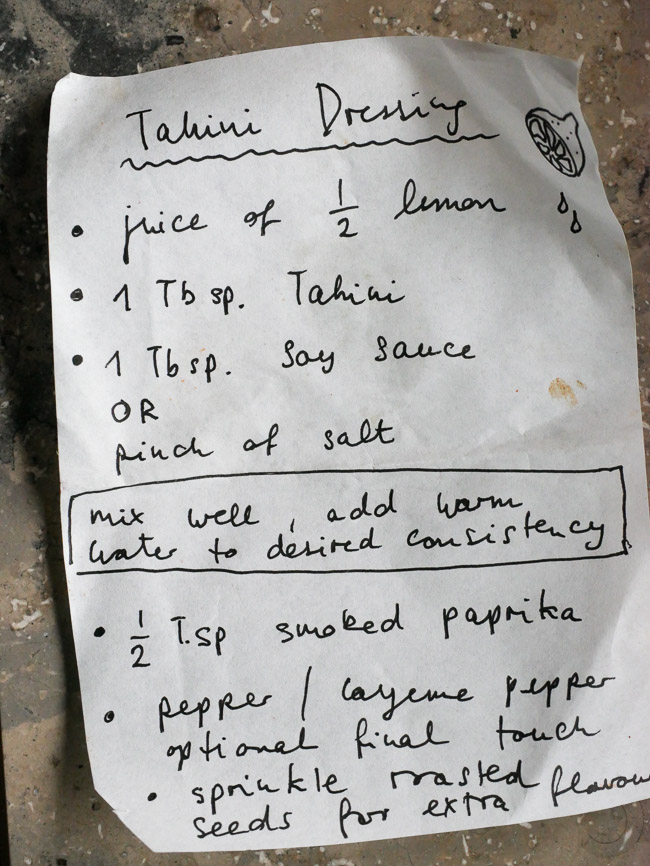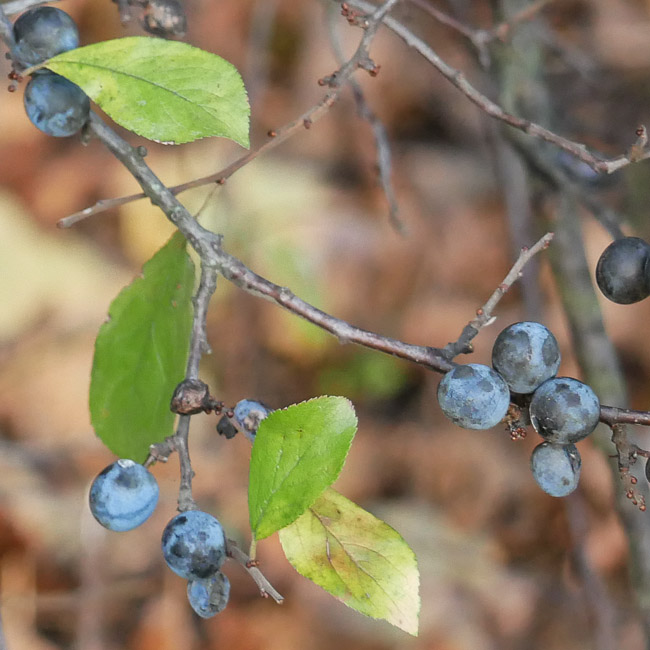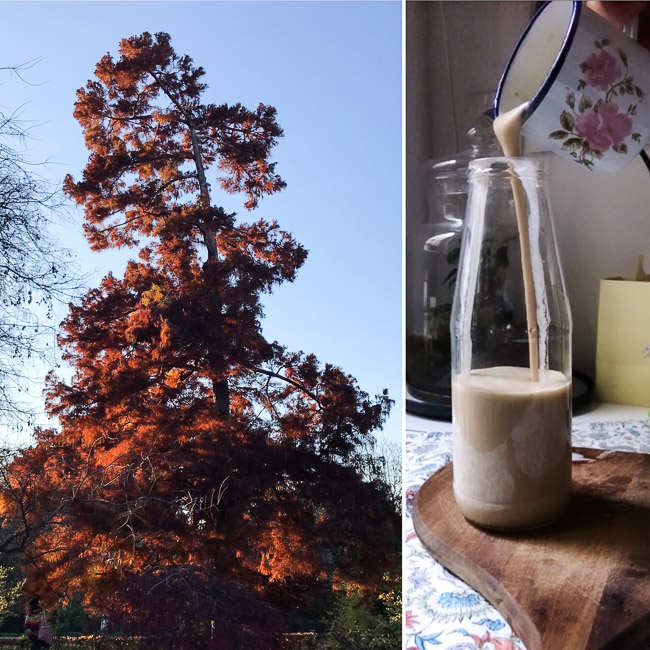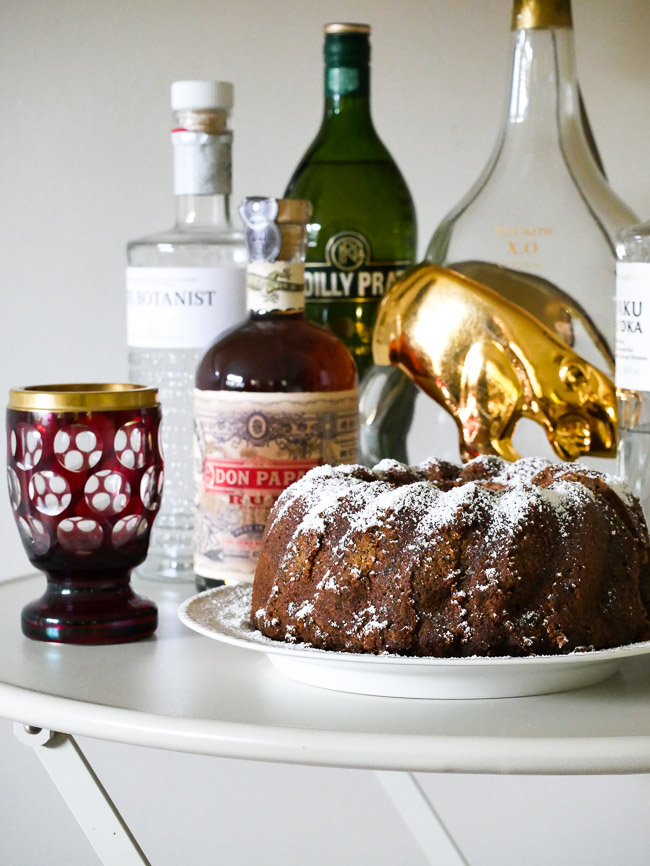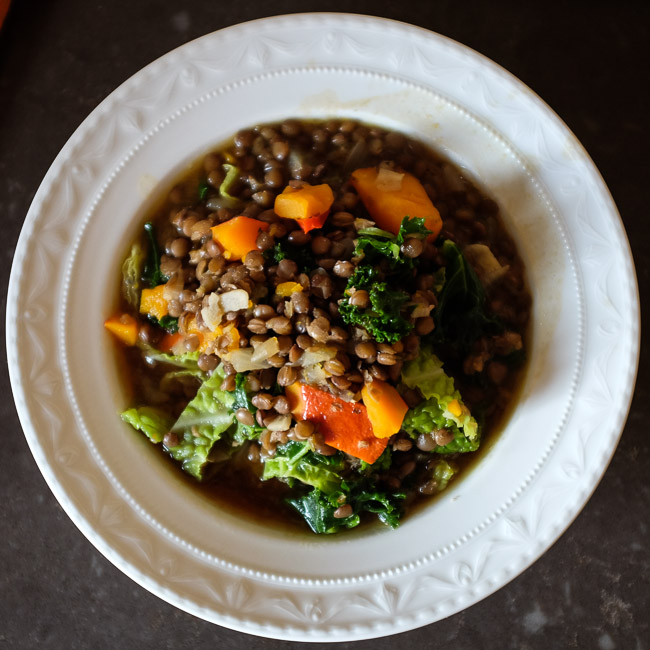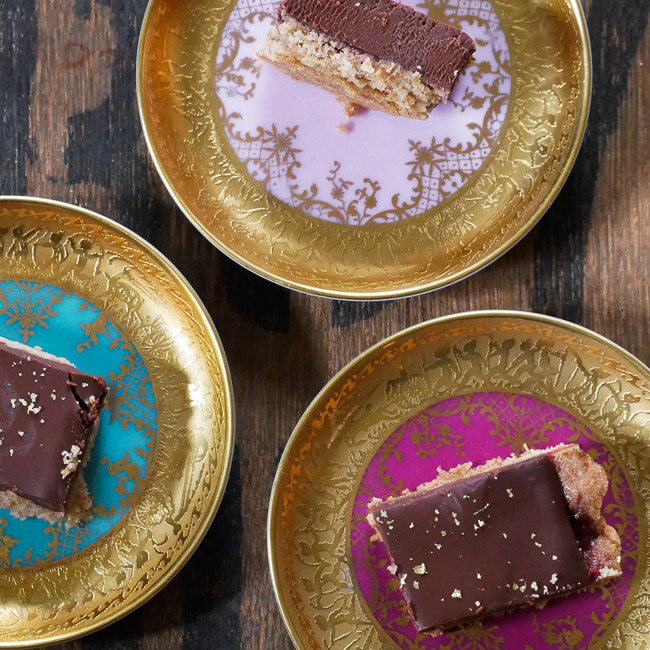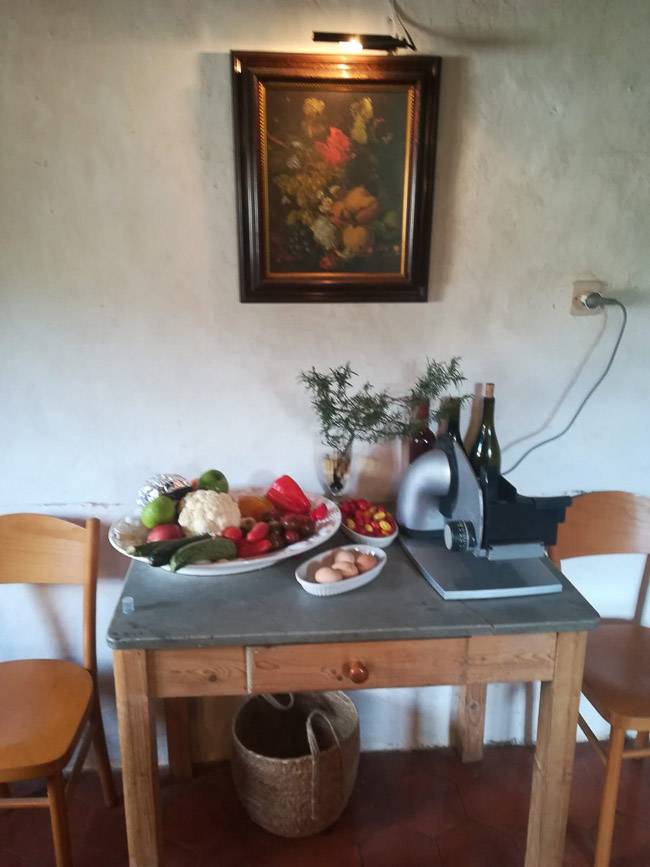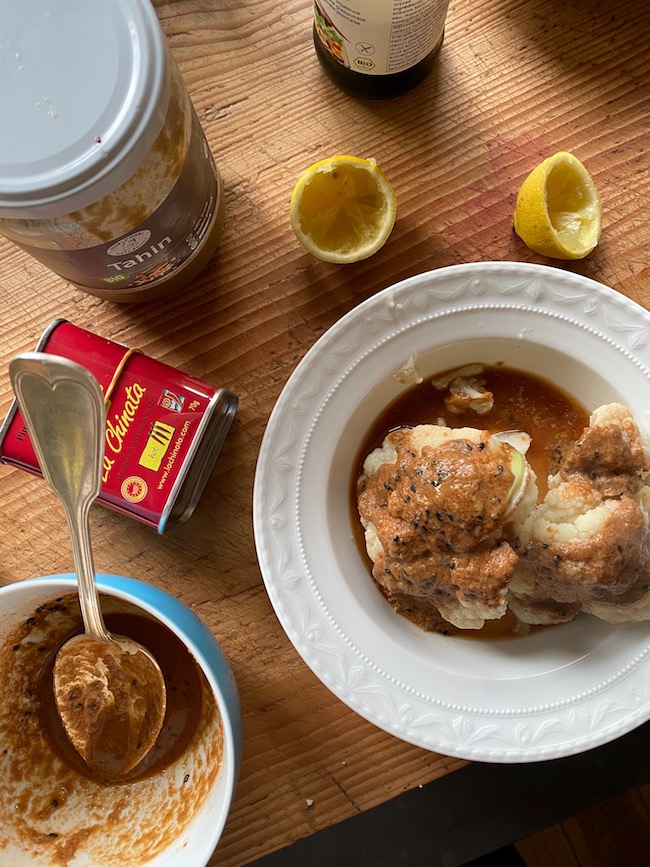
Hildegards Nerven- und Intelligenzkekse
Hildegards Nerven- und Intelligenzkekse
(eine Empfehlung der Gebr. Leube, Salzburg)
500g feines Dinkelmehl
250g Butter
200g Rohrzucker
2 Eier
Weinsteinbackpulver
100g geriebene Mandeln
Abrieb einer halben Zitrone
Zimt, Nelkenpulver, Muskat

Aus allen Zutaten einen Mürbteig bereiten und kühl rasten lassen. Teig auswalken, Kekse in beliebiger Form ausstechen und ca. 10 Minuten bei 180°C backen.
Nach Lust und Laune verzieren.


how to make sloe gin
2020 is the first year I experimented with sloes. The first year I made my own sloe gin.

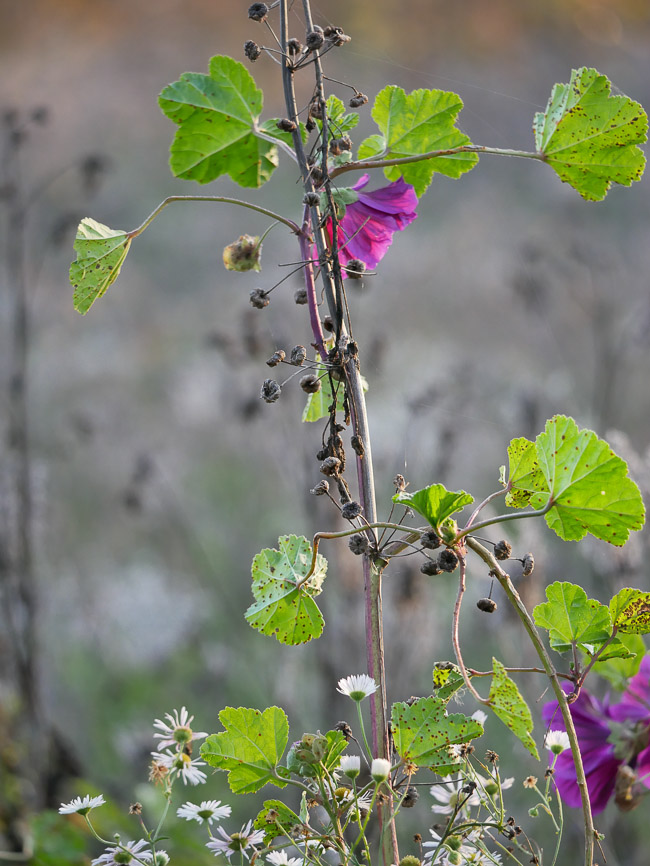
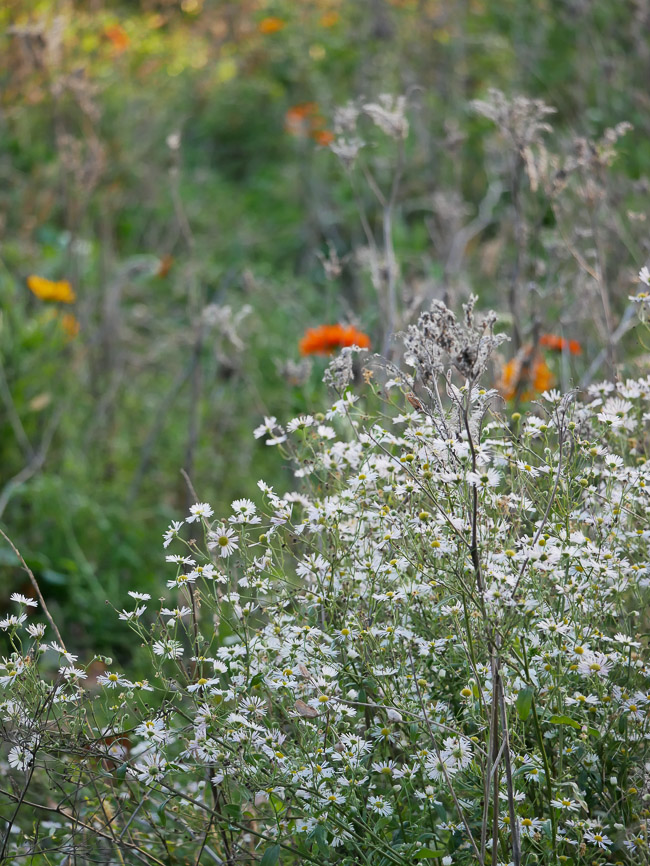
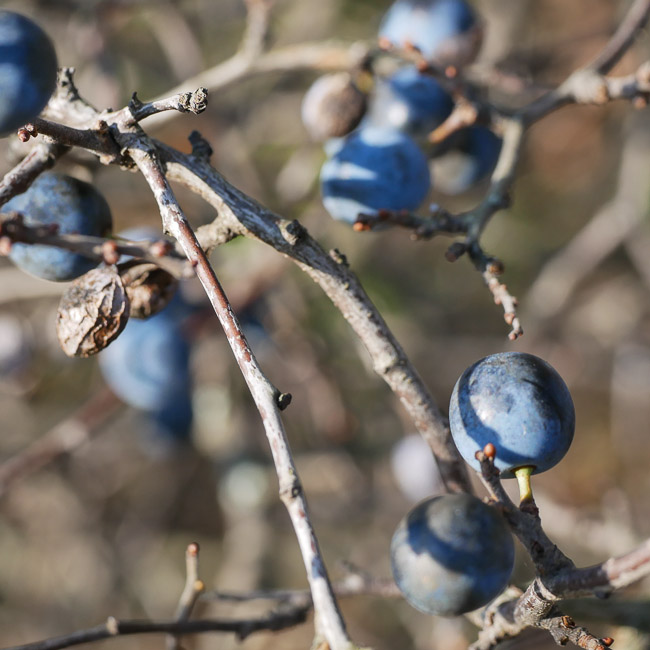
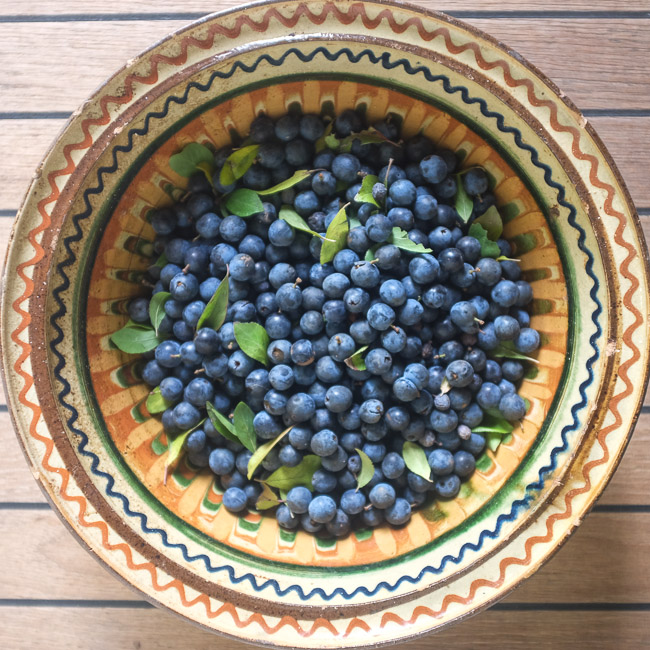
homemade sloe gin
1 l gin
450g sloes
225g sugar
Wash the sloes and seal in an airtight bag. Freeze overnight or until ready to make the gin. The freezing is necessary to split the skin, so if your berries have been exposed to frost outside, you can skip this step.
Put the frozen sloes into sterilized jars.
Add the gin, then the sugar onto the sloes. Their skins will split while thawing, which allows the flavours to merge.
Store the jars in a cool, dark place and shake them every other day for a week. Afterwards you only need to shake them once a week for the next 2 months.
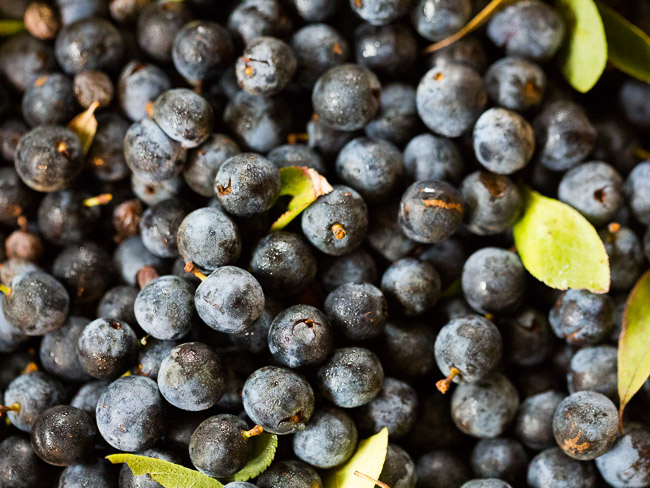
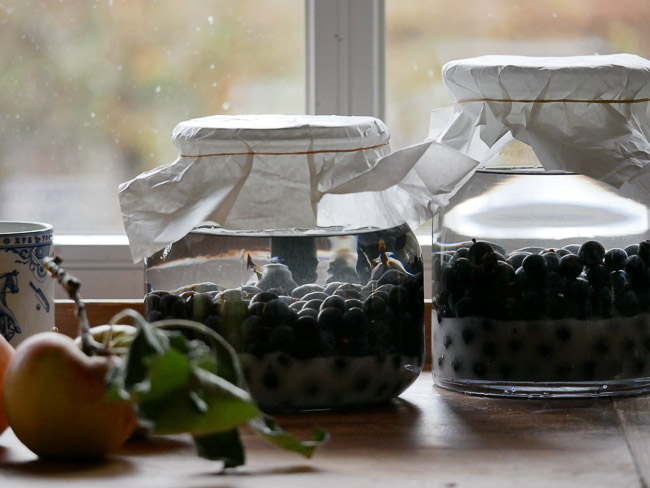



The liquid should now be ruby red and ready for drinking.
Serve the sloe gin neat, over ice or drizzle over ice cream. You could even make a cocktail by adding a drop to champagne.
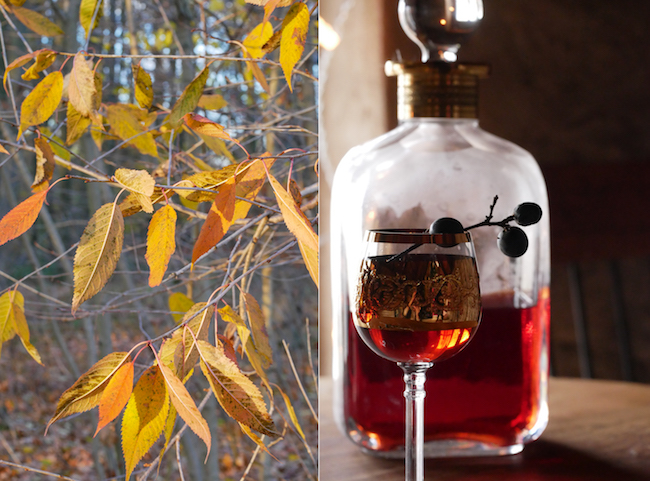

vegan coffee creamer
guest post by Lenka
Over the years, I have changed lots of parameters regarding how I drink my coffee. If there’s one constant in my ritual, it’s that I have always enjoyed it most with milk, or any other “vegetable drink” that turns it a smooth, satisfying shade of brown—which, to me, would be the shade of a river after heavy rainfall, or the one of kraft paper.
If you’re vegan, or just trying to drink less cow milk, you know that achieving that perfect shade of beige as well as richness of taste is no easy feat. In the cookbook The First Mess, which I purchased at the beginning of the second lockdown in Paris to keep me entertained, the Canadian food blogger Laura Wright shares her recipe of how to enjoy creamy, vegan coffee—and I would like to share it in turn with you:
Vanilla Coconut Coffee Creamer
Ingredients:
– 6 medjool dates, pitted
– 1 can (400ml) quite liquid full-fat coconut milk
– 1 tbsp (15ml) of sunflower oil (or other neutral-flavoured oil that is liquid at room temperature)
– 2 tsp (10ml) pure vanilla extract (I didn’t have any so I used 2 tsp vanilla sugar)
– tiny pinch of fine sea salt
Steps:
- If your dates are soft, you can move on to the next step. If they are a bit dry, like mine were, cover them in boiling water for 5 to 10 minutes. Thoroughly drain the dates.
- In a blender, combine all of the ingredients. Blend on high until you have a smooth and thick liquid with minimal amounts of date visible. (This took me about 5 minutes but depends on your machine!)
- Over a medium bowl, strain the creamer with a fine-mesh strainer. Store in a jar with a tight-fitted lid. It’ll keep for roughly a week. Shake to combine before using.
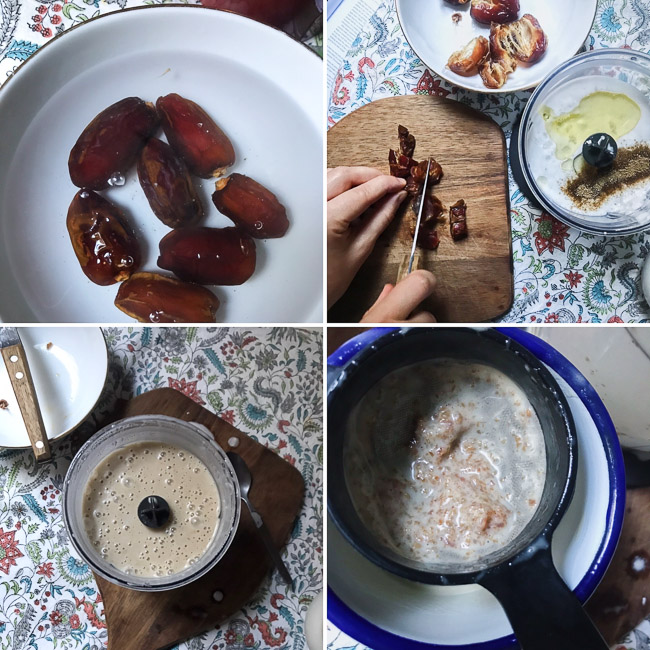
Notes of appreciation:
I think that this creamer is perfect for weekend coffee! The coconut milk gives it a somewhat exotic taste, which is especially nice in winter.
The coffee is a rich brown shade: think cinnamon and chestnut shell.
I enjoyed mine with Laura Wright’s vegan pumpkin bread (as you can see, I’m a big fan), while reading 84, Charing Cross Road by Helene Hanff (which I heartily recommend if you love letters and London).
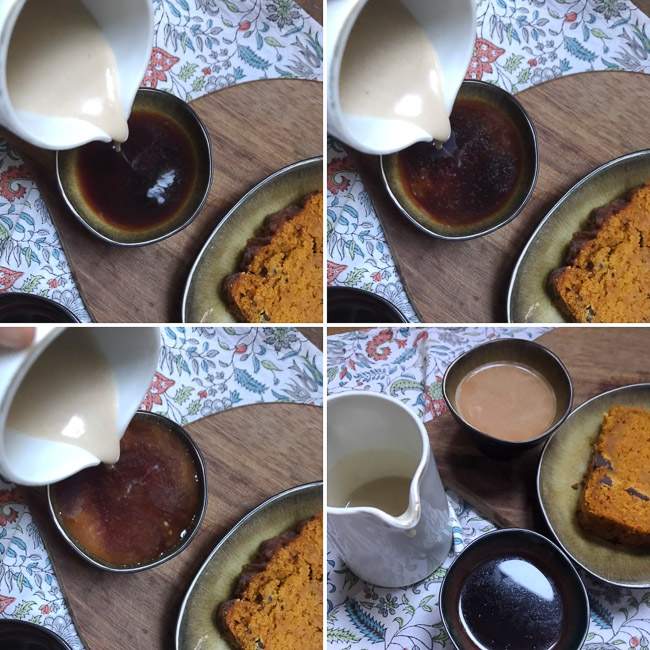
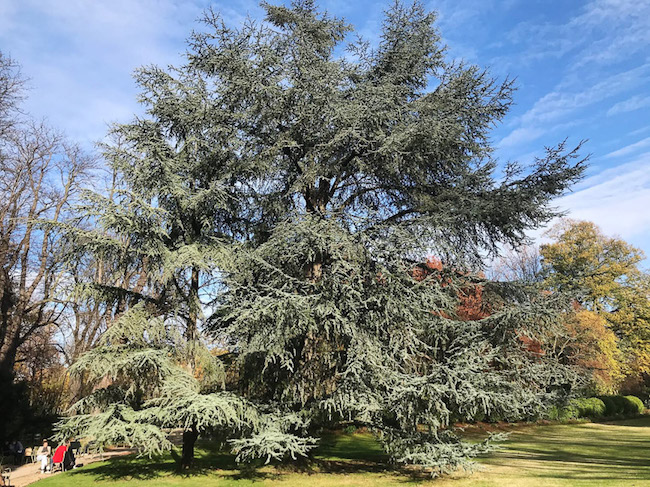


Mohnguglhupf
Um diesen saftigen Mohnguglhupf nach Art eines englischen seed cake zu backen, nehme man
für den Teig:
30-40g Mohn
300g möglichst frisch gemahlenes Dinkelmehl (oder Kamut, oder Weizen)
250g Crème Fraîche
250g Vollmilchjoghurt
225g weiche Butter
150g Rapadura
2 Eier
1 Teelöffel Natron
1/2 Teelöffel Meersalz
geriebene Schale einer Zitrone
1 Esslöffel Vanilleextrakt
60-125ml Wasser
zum Tränken:
Saft einer Zitrone
125g rohen Honig
60ml trockenen Sherry

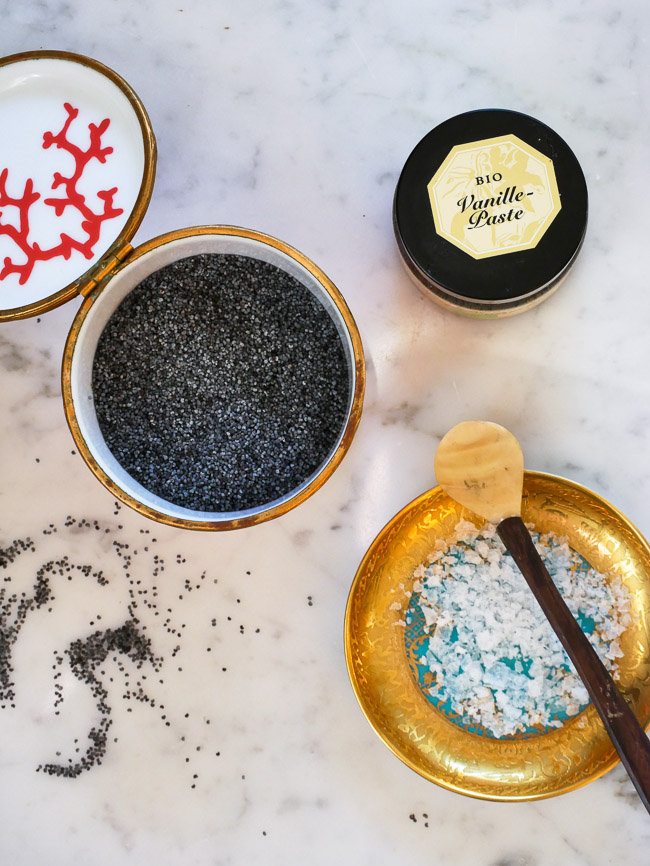
Mehl und Mohn mit Joghurt und Crème Fraîche vermischen und an einem warmen Ort 12 -24 Stunden stehen lassen.
Butter, Rapadura und Eier schaumig schlagen. Natron, Salz, Vanille und geriebene Zitronenschale unterrühren. Nach und nach das eingeweichte Mehl unterrühren. Eventuell 60-125ml Wasser unterrühren, um den Teig zu verdünnen.
Teig in eine gut mit Butter eingefettete und mit Mehl bestäubte Guglhupf-, Kranz- oder Kastenform geben.
Bei 150°C 90 Minuten backen, bis eine hineingestochene Stricknadel sauber wieder herausgezogen werden kann.
Zitronensaft, Honig und Sherry im Wasserbad erwärmen bis sich der Honig aufgelöst hat. Diese Mischung langsam über den fertig gebackenen Kuchen geben bis die gesamte Flüssigkeit aufgenommen wurde.
Abgedeckt bei Zimmertemperatur 1 bis 2 Tage ziehen lassen.

Variation:
Irischer Samenkuchen
Statt des Mohns 30g Kümmel und den Saft und die Schale von Orangen statt Zitronen verwenden
lentil soup with rosemary, squash and leafy greens
Lentil soup with rosemary, squash and leafy greens
1 1/2 cups lentils, soaked overnight
7 cups water
2 tablespoons extra virgin olive oil
1 medium onion, diced
1 teaspoon sea salt, plus more to taste
6 garlic cloves, minced
1 tablespoon minced, fresh rosemary
1/2 butternut squash (or Hokkaido), peeled, seeded and cut into bite sized pieces
3 cups leafy greens like kale, cabbage or chard, sliced
2 teaspoons tamari
2 teaspoons balsamic vinegar
freshly ground black pepper
Drain and rinse lentils, place in a large pot, add water and bring to a boil over high heat. Cover pot, reduce heat and simmer for 20 minutes until the lentils are cooked. Drain lentils and reserve cooking liquid (about 4-5 cups).
Warm olive oil in a large pot over medium heat. Add onions, garlic and rosemary, sauté until golden. Add squash and reserved cooking liquid and bring to a boil. Cover the pot , reduce heat and simmer for 6 to 8 minutes until squash is tender. Stir in drained lentils and simmer until soup has thickened.
Add leafy greens and continue cooking for a few minutes longer until the leaves are wilted and tender.
Stir in tamari and balsamic vinegar, season with salt and pepper to taste.

autumn reads & listens
guest post by Vik
Gentle music with a nostalgic 70s feel. I like to play this in the morning for waking up to a milky cinnamon coffee.
Tyler Childers – long violent history
Irish-American countryside strings, perfect for a cosy night by an open fire carving pumpkins or an evening of boardgames and hot drinks.
Japanese disco jams for cocktail hour, because being stuck indoors can still be fun!


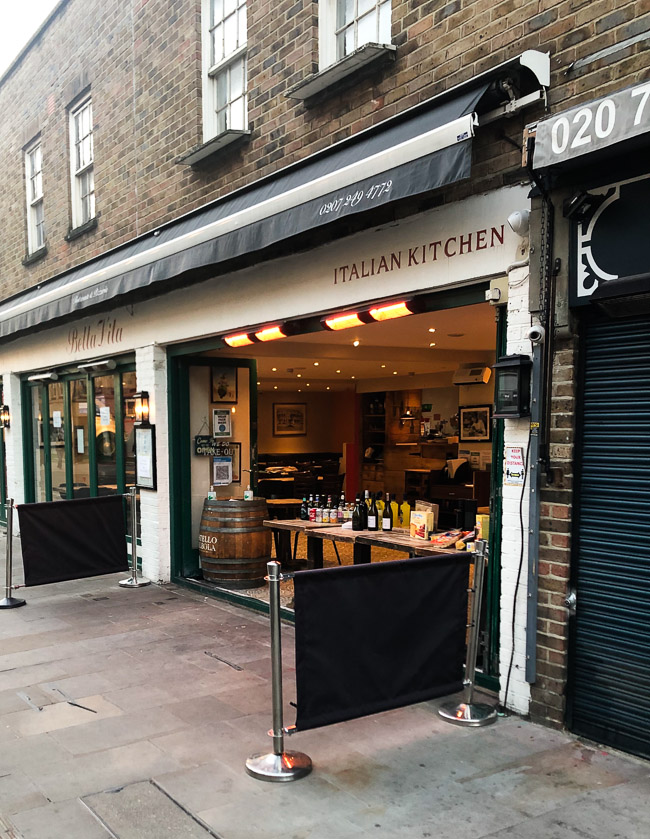
Mr. Loverman by Bernadine Evaristo
An easy read, set in East London with a cast of highly likable, funny and utterly human characters. I had a lot of fun reading this book and loved following their tracks in my own neighbourhood.
Exhalation by Ted Chiang
A compilation of sci-fi stories exploring classic themes from a refreshingly new angle. I just started this book and am already drawn in by the magical story telling.
The girl with the louding voice by Abi Dare
The story of a 15 year old Nigerian girl told with an astounding honesty and positivity despite her hardships. I finished this book in two days of binge reading because I had to know what happens next, until I made it to the satisfying happy end.
The mushroom at the end of the world by Anna Lowenhaupt Tsing
An anthropological study about ecosystems of forests, human intervention in nature and international trade of matsutake mushrooms. Really interesting read drawing parallels between human systems and nature. I now know more about forests and mushrooms than I ever thought possible.
At the existentialist Café by Sarah Bakewell
An intimate look at the personal lives of philosophers such as Sartre, De Beauvoir and others, helping to understand their world views in context with the times they lived in.
The one-straw revolution by Masanobu Fukuoka
It’s one of the founding books of the alternative food movement. It came out in 1978 and is a condensation of ideas on how to farm and grow crops with the least effort possible, letting nature and crops do their thing AND without putting wasteful effort into farming.


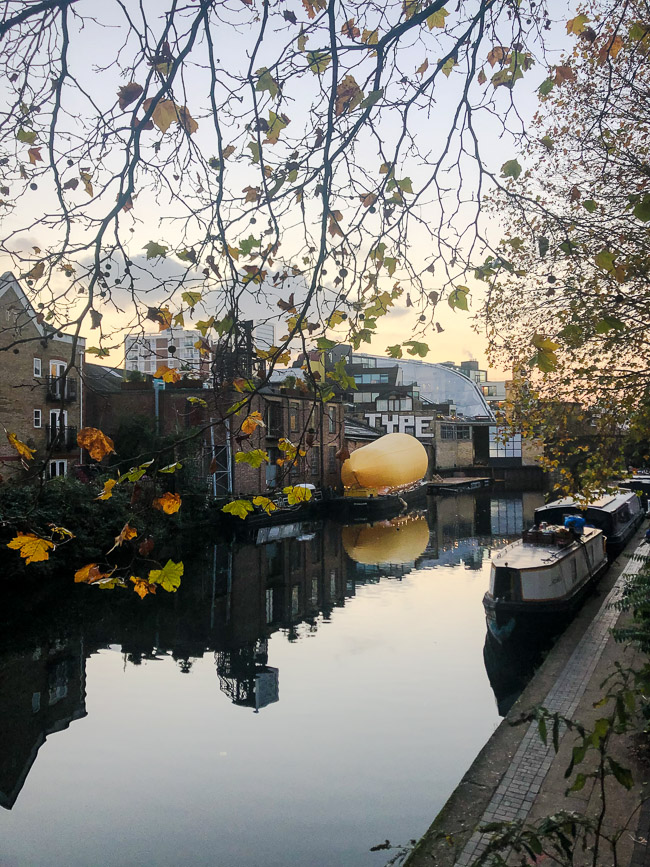
dark chocolate truffle tart with Brazil nut crust
What I love about this tart:
- quick and easy to prepare
- unbeatable flavour combination of dark chocolate, raspberries, toasted nuts and a touch of salt
- looks chic
- can be stored in the fridge for days
- taught me how to perfectly melt chocolate without using bain-marie
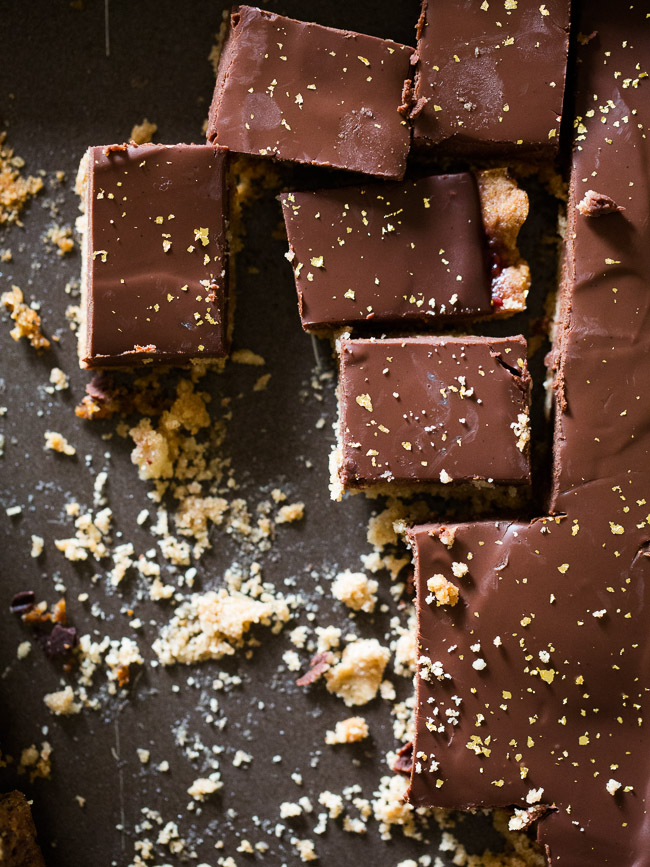
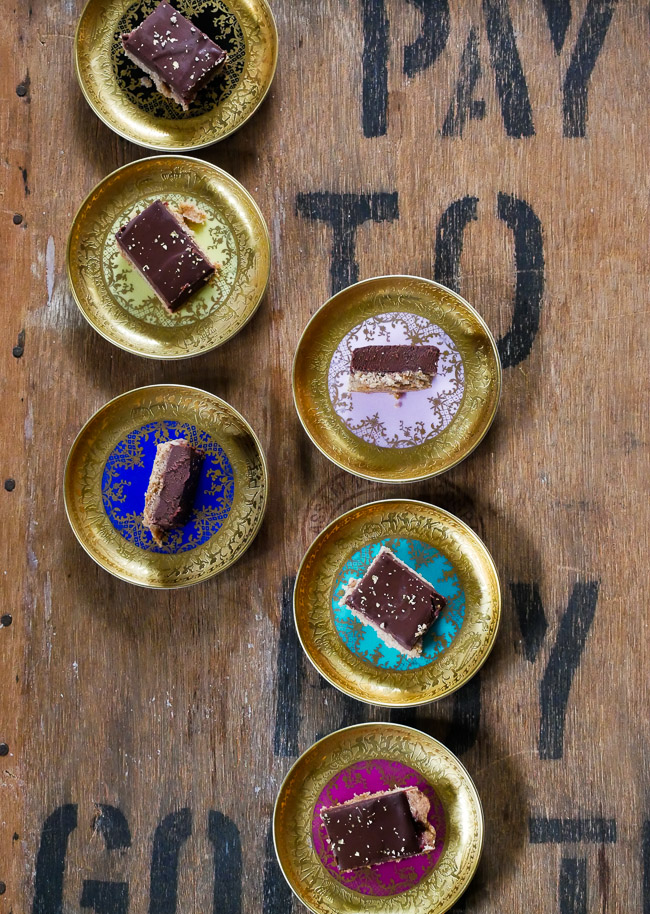
dark chocolate truffle tart with Brazil nut crust
for the crust:
1/4 cup raw Brazil nuts
olive oil for oiling tart pan
1/4 cup rolled oats
1/4 cup dried, shredded coconut
1/4 teaspoon sea salt
1/2 cup + 2 tablespoons spelt flour
2 tablespoons + 1 teaspoon extra virgin melted coconut oil
3 tablespoons maple syrup
1 teaspoon vanilla extract
for the filling:
1/2 cup raspberry jam
1 cup plain almond milk
pinch sea salt
250g 70% dark chocolate , roughly chopped
2 teaspoons vanilla extract
cocoa powder or edible gold dust to garnish
Preheat oven to 150°C. Toast the Brazil nuts for 8 minutes until fragrant. Remove from oven and set aside to cool.
Increase temperature to 180°C. Oil the tart pan with olive oil.
Combine Brazil nuts, oats, coconut and salt in a food processor and blend until coarsely ground, about 20 seconds.Transfer to a mixing bowl and stir in spelt flour. Drizzle in coconut oil, and mix with a fork or your fingertips until all flour is moistened. Add maple syrup and vanilla and mix again. Dough should be moist but not sticky.
Wash and dry your hands and press crust thinly and evenly into tart pan. Prick bottom of crust with a fork several times and bake for 20 minutes or until fragrant and lightly brown. Remove from oven and set aside.
Spread jam evenly onto the baked tart shell.
Place nut milk and a pinch of salt into a small pot and bring to a boil over medium high heat. As soon as milk begins to boil remove from heat. Immediately add chocolate, cover pot and let sit for 2 minutes. Remove lid and whisk vigorously until chocolate is melted and looks smooth and shiny. Stir in vanilla and pour into tart shell.
Place tart in the fridge for at least one hour to set and chill thoroughly. Dust tart with cocoa powder or edible gold dust. Serve cold.
Kochen für Skeptiker
guest post von Hedda
Immer wenn wir Zeit in der Toskana verbringen, verabreden wir uns mit unseren Nachbarn Enzo und Gianfranco zum Essen. Einmal kochen sie und einmal kochen wir. Wenn wir dran sind, muss auf ausgesprochenen Wunsch etwas traditionell Deutsches auf den Tisch.
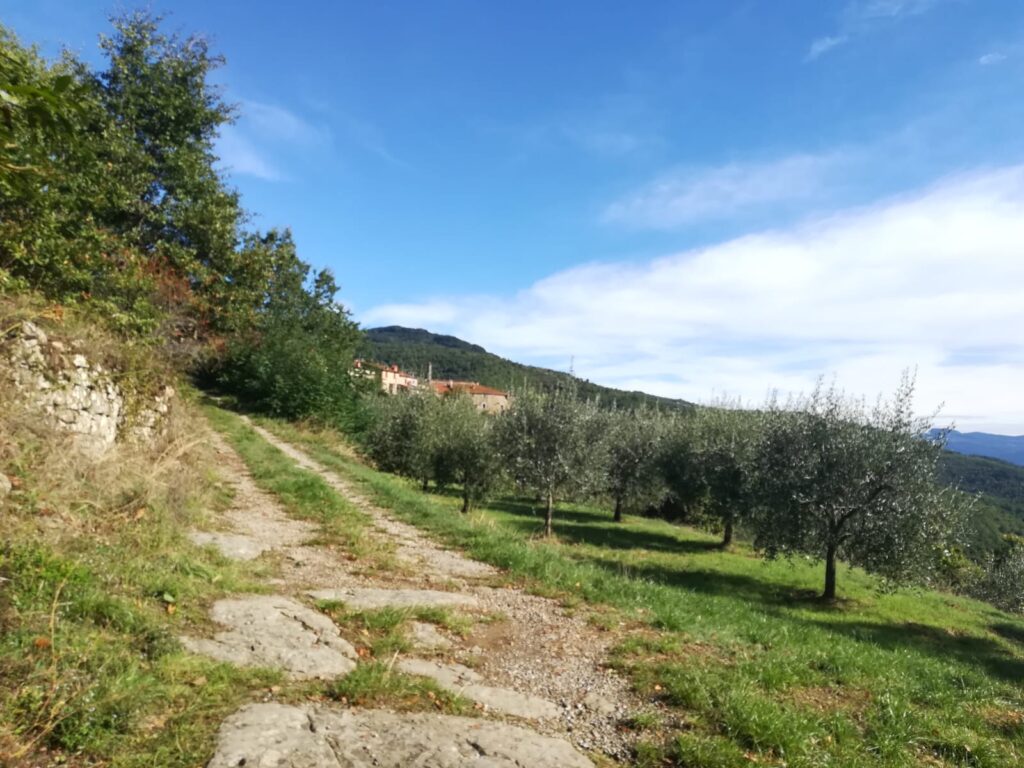

Seit vielen Jahren das gleiche Ritual: “Was werdet ihr kochen?” – große Skepsis – die sich in vielen, vielen Jahren hartnäckig hält. Trotz begeisterten Genießens jedweder Mahlzeit, die wir zubereitet haben. Eine Herausforderung, jedes Mal. Der Toskaner verehrt seine Traditionen!
Diese Mal haben wir uns für ein Gulasch entschieden.

Wie jeder weiß, der sich mit Kochen beschäftigt, insbesondere aber Gianfranco und Enzo, ist der Schlüssel zu eine exzellenten Mahlzeit die Qualität der Zutaten. In diesem Fall natürlich das Fleisch, die Zwiebeln, das Olivenöl – und nicht zuletzt der Wein.
Also auf zum Metzger Mirco, der nach meiner Erwähnung von Gulasch sofort nach der Rindswade greift. Strahlend vor Metzgerglück.
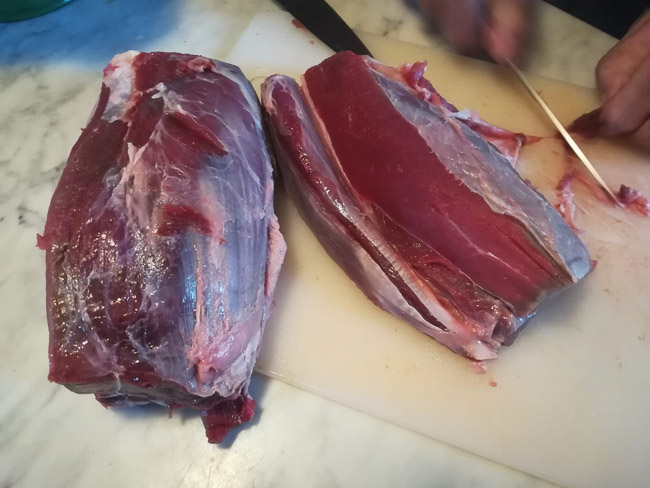
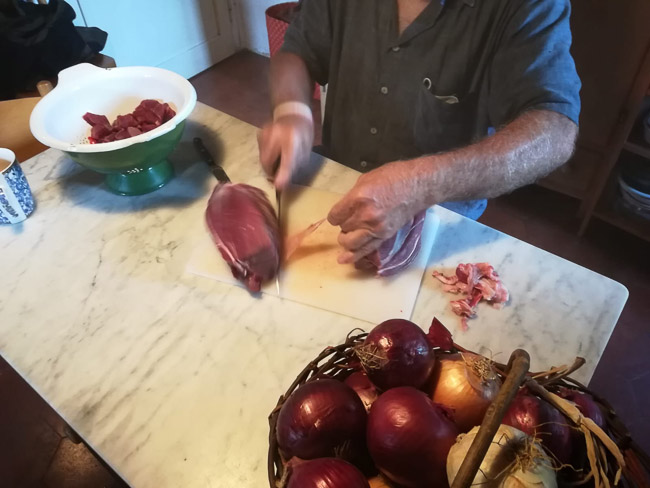
Unser Gulasch
2 kg Rinds- oder Kalbswade, pariert und in mundgroße Stücke geschnitten
1,5 kg Zwiebeln (wir nehmen Zwiebeln der Sorte Tropea), gehackt
6-10 Knoblauchzehen, gehackt
Olivenöl (am besten von Gianfranco) zum Anbraten
Meersalz, schwarzen Pfeffer frisch gemahlen oder gemörsert
Edelsüßes Paprikapulver
Peperoncino als Pulver oder frisch gehackt
4 reife rote Paprika, in mundgroße Stücke geschnitten
400ml (1 Glas) Kalbs- oder Rindsfond
Rotwein nach Flüssigkeitsbedarf, das Fleisch sollte knapp bedeckt sein
400 ml Sahne
Fleisch portionsweise in einer großen Kasserolle scharf im Olivenöl anbraten, so dass sich Röststoffe entwickeln können. Zwiebel und Knoblauch separat anbraten- sonst wird es nix.
Zwiebeln und Knoblauch zum Fleisch geben, mit Salz, Pfeffer und Paprikapulver großzügig würzen, beherzt mit Rotwein ablöschen.
Geschnittene Paprika dazugeben, mit Fond auffüllen, Deckel drauf und bei kleiner Hitze behutsam schmoren. Immer wieder den Flüssigkeitspegel kontrollieren, eventuell Rotwein zugeben.
Nach ungefähr eineinhalb Stunden Garzeit sollten die Zwiebeln beginnen zu zerfallen.
Es braucht Geduld. Es könnte auch länger dauern. Nicht die Hitze erhöhen.
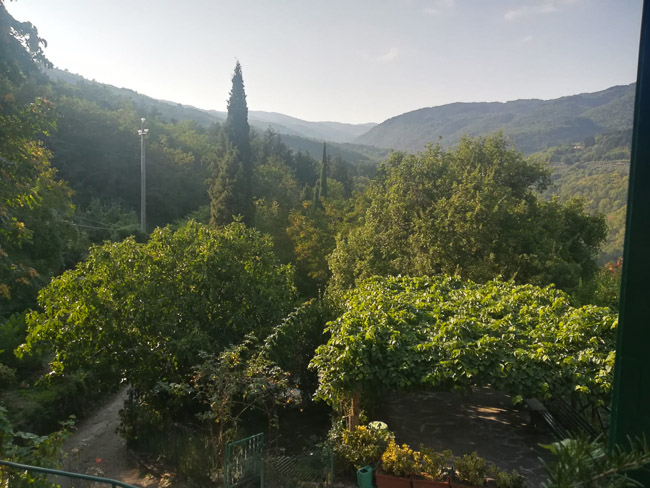
Es ist Zeit für ein Glas Rotwein und ein bischen Muße.
Wenn Zwiebeln und Paprika allmählich zerfallen, ist es Zeit für das Würzen mit Peperoncino.
Es empfiehlt sich das Fleisch zu probieren, um den genauen Garzeitpunkt zu erwischen. Ganz zum Schluss die Sahne zugeben und nochmal richtig aufwallen lassen.
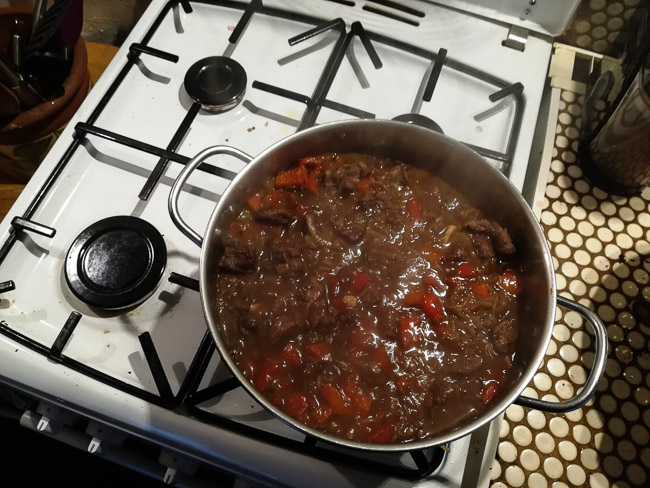
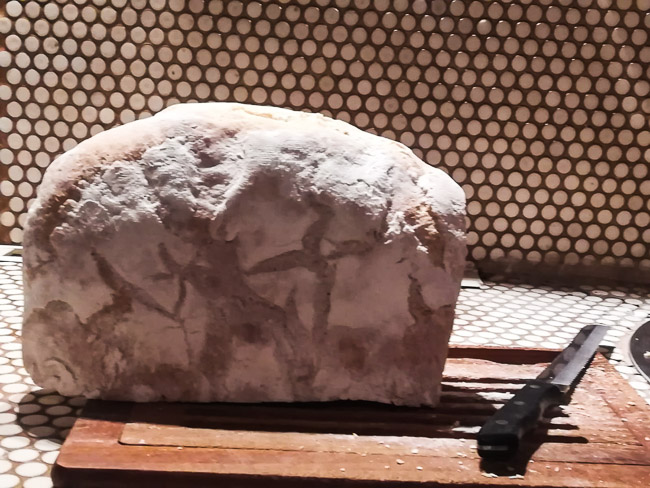
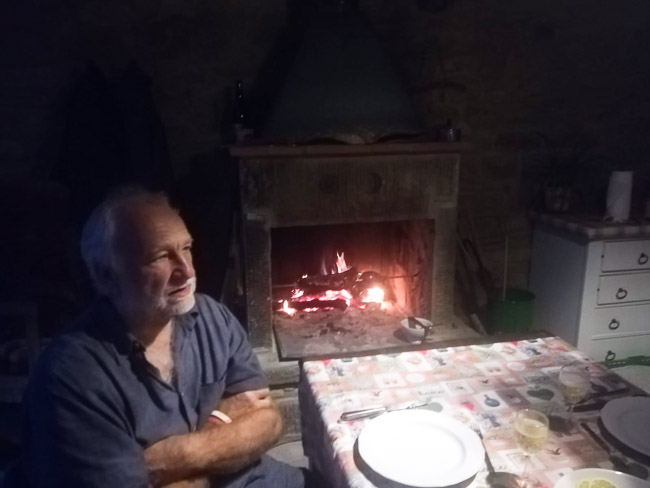
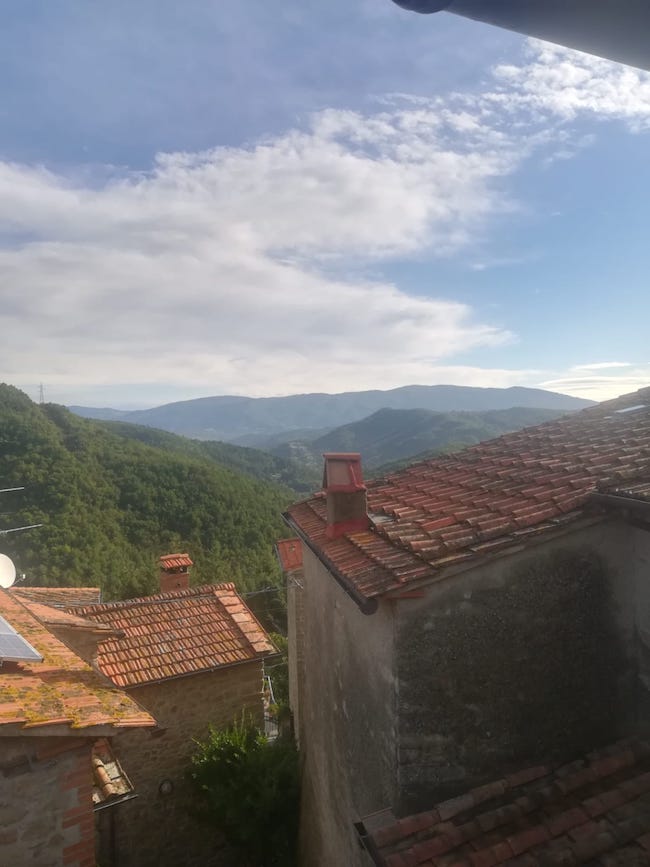
a Greek wedding + a Greek celebration cake
In August we travelled to Greece to celebrate the love between Maria and Dimitris at their wedding. We spent the whole week basking in the sun, eating mountains of Greek salad and enjoying each others company at the Gulf of Corinth.


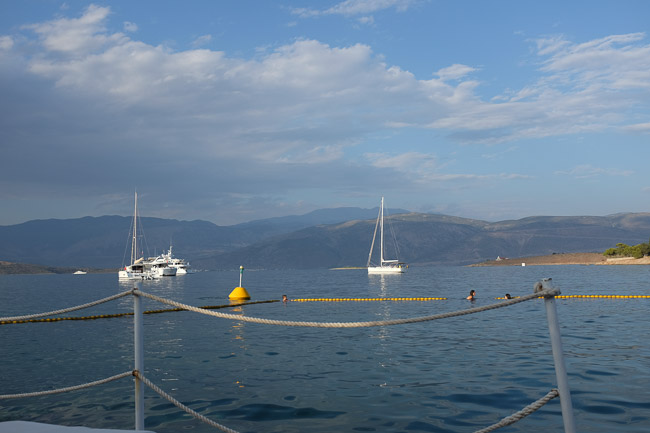


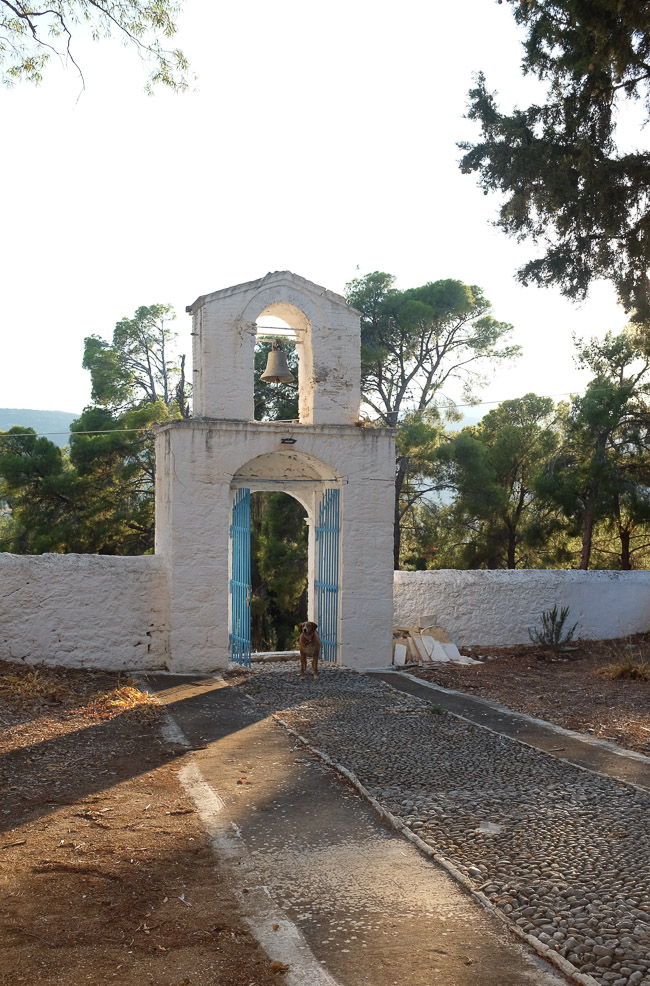





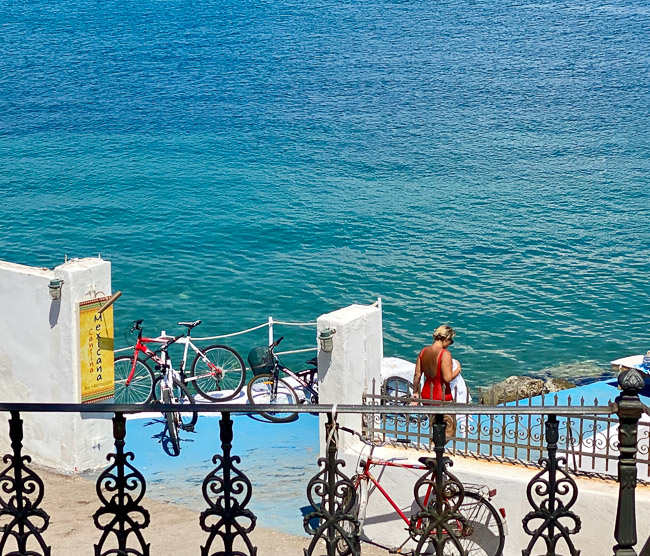
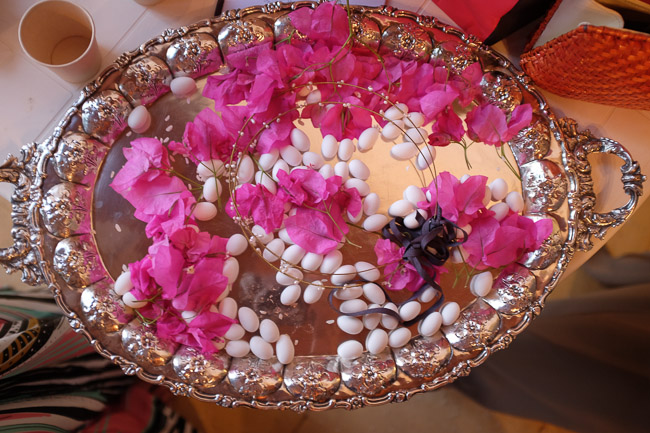

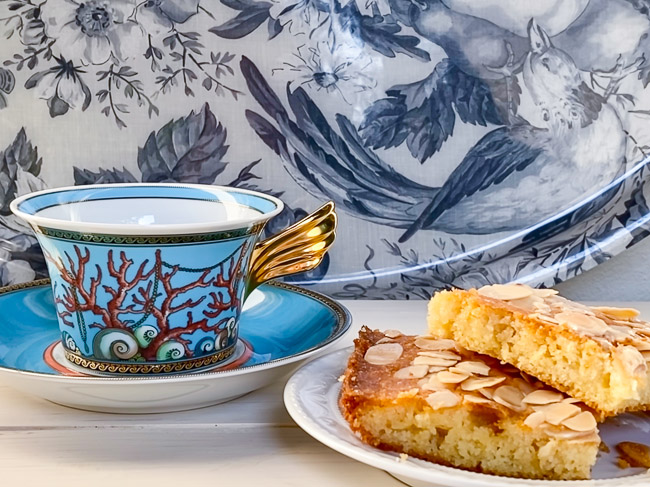


a Greek celebration cake
(original recipe from the bride’s great grandmother)
for the batter:
330g butter
50g sugar
6 eggs
grated orange peel
240g flour
175g hard wheat semolina
1 sachet baking powder
225ml milk
ca. 150-200g flaked almonds
for the syrup:
3 cups sugar
1 1/2 cups water
juice of 1/2 squeezed lemon
- Beat the egg whites
- Beat the yolks with sugar and orange peel
- Add butter and beat until the mixture turns white and creamy
- Mix in the flour, semolina, baking powder and milk
- Fold in the beaten egg white
Preheat oven at 180°C.
Pour the batter onto a slightly buttered baking tray. Sprinkle with flaked almonds. Bake for about 40 minutes until the cake turns golden.
Simmer the syrup for about 10 minutes and pour onto the ready-baked cake while it is still warm.
